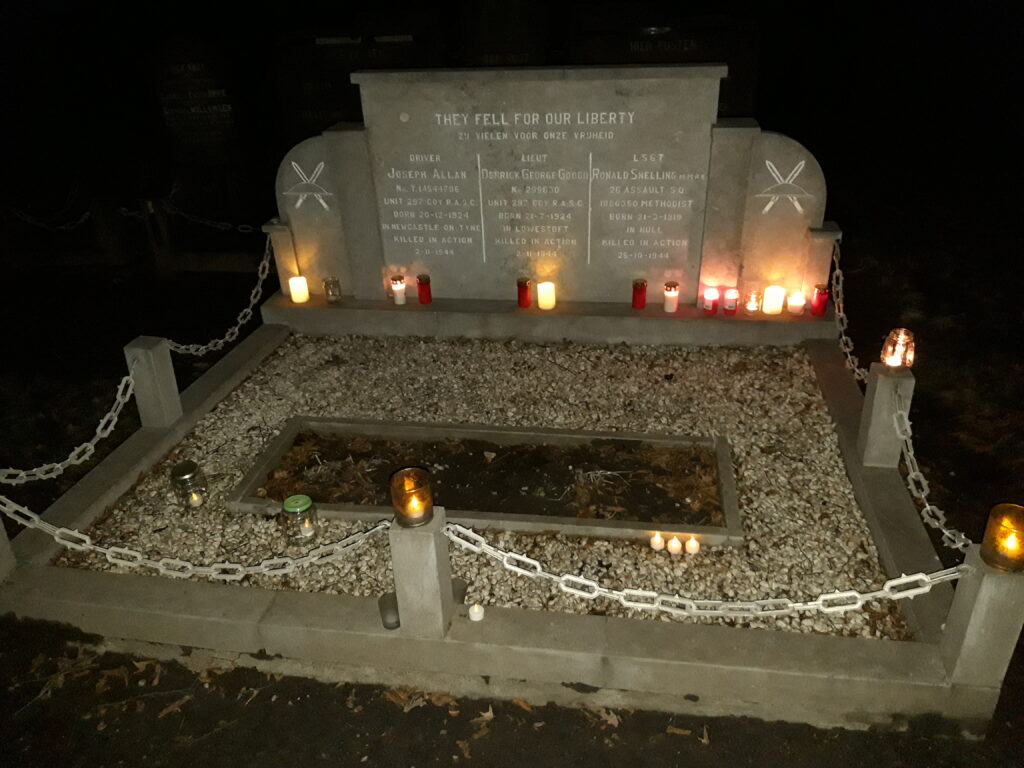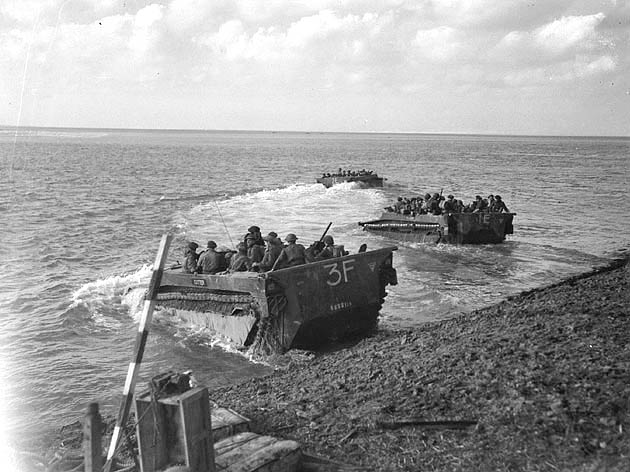Lance Sergeant Ronald Snelling MM
An exceptionally brave soldier who gave his life for the liberation of Europe on the 26th of October 1944
Towards the end of 2019 I helped a Belgian chap living in Holland to track down the families and stories of the three British Soldiers buried in their local cemetery. They all died in the Battle of the Scheldt. This was an important campaign, but is not well remembered these days, except by the local population. This Christmas eve, as on so many others, many towns and villages there will be holding a candle lit vigil to honour those who fought to liberate their homeland.

By the beginning of September1944 the White Brigade of the Belgian Resistance and the British 11th Armoured Division had captured the port of Antwerp when they learned that the Germans were planning to destroy the docks there. The Allies also held most of the southern bank of the Scheldt river which was the approach to the only deep water port still available to supply the advance into Germany. However, the Germans had very strongly defended and heavily armed positions on both the Breskens Pocket and Walcheren island. These two strongholds were opposite each other at the mouth of the river estuary. Until both were in Allied hands the river and port were not viable.
The Breskens Pocket was jammed full of German troops who had moved north along the French and Belgian coast as the allies swept past further inland on the way to Antwerp. Since their way back to Germany was now cut off over 100,000 of them crossed the Scheldt to Walcheren Island. The Allies also failed to cut off the narrow isthmus to Walcheren island at Woensdrecht as any attempt to move north was met with fierce resistance from the German forces. The various battles lasted until the 7th of November and cost 12,773 Allied lives. This is the story of just one of those.
Ronald Snelling was born on the 21st of March 1919 in Hull to Wilfred Snelling and Olive (Nee Westerman) they had three other children. Desmond who was born in 1923, Audrey who was born on in early 1925, sadly she died just two years later, and Jean who was born in 1931. Desmond was also killed in WW2 on the 17th of April 1945 and is buried in Forli War Cemetery in Italy. He had been awarded a Military Cross.
Ronald had earned himself a Military Medal within half an hour of landing on the beach in Normandy with the first wave of the invasion on D-Day the 6th of June 1944 serving in the 26th Assault Squadron as a Lance-Sergeant. He was in command of an AVRE (that is an Assault Vehicle Royal Engineer). These were tanks with specialist equipment fitted. He was under fire at the back of the beach about half a mile west of Courseulles harbour when he came across another AVRE. This particular one carried a drum of interlocking steel plates rather like a very long roller shutter door the full width of the tank. This was used to lay a length of road over any unsuitable terrain. The AVRE driving over the steel road as it unrolled from the front of the AVRE, any wheeled or tracked vehicle could then follow. All of the crew in this AVRE were casualties, and Snelling could see that the equipment was jammed. He left his own tank and climbed to a completely exposed position on top of the vehicle, where he cut a steel rope. This released the equipment so the AVRE was made operational again and continued to lay its road on the beach exit with a replacement crew on board.
I know nothing of his adventures between that incident and his arrival at the Scheldt in September that same year. I do know that he was wounded, most probably at Hoofdplaat, which is between Breskens and Terneuzen, on October 12th. He was treated locally and lost the sight of one eye, but he returned to duty as soon as he could. By the 26th of October he was back in action in his LCT, a Buffalo, crossing the river Scheldt to South Beveland. On its arrival on that island his landing craft received a direct hit from a mortar. He was killed instantly. His body was returned to the mainland and buried in the local cemetery at Zaamslag.
The image shows a Buffalo delivering Canadian troops to South Breveland in late October 1944.


-
-
8 months
Tagged WW2